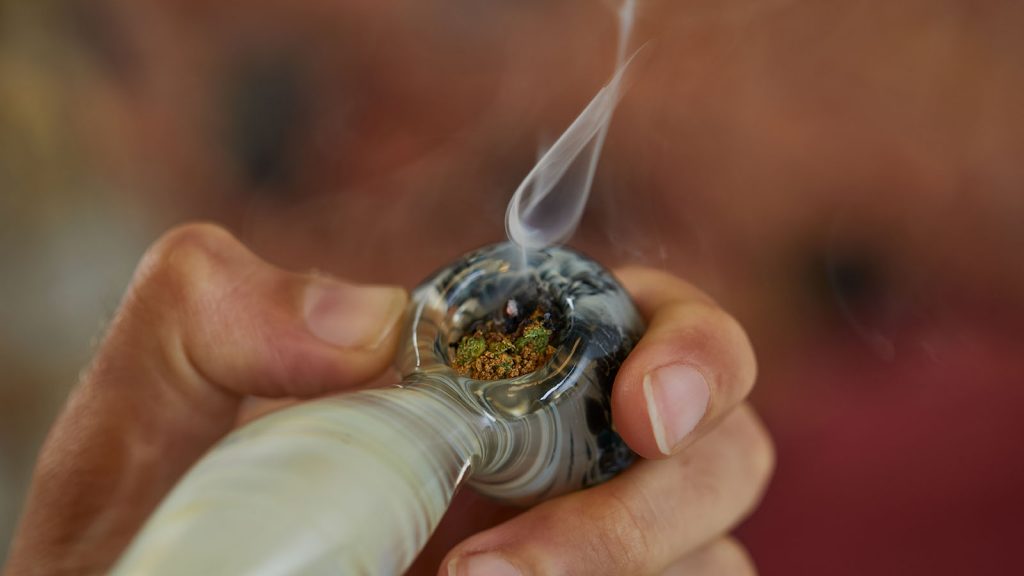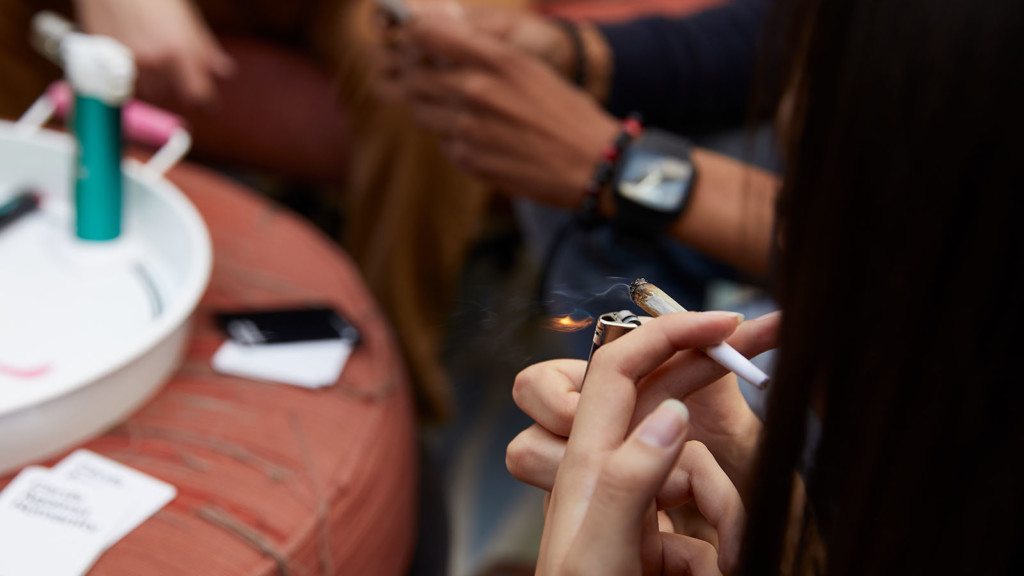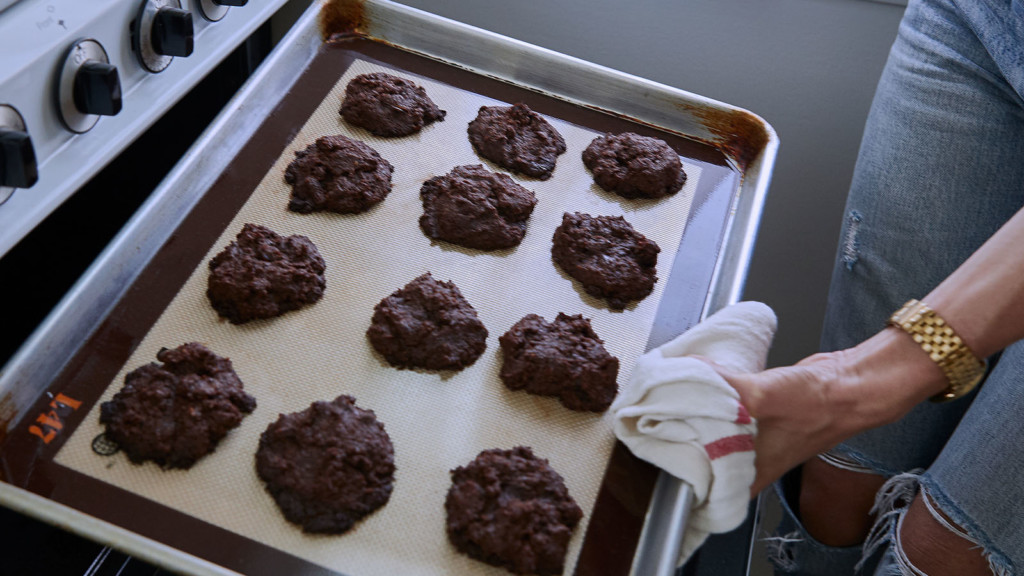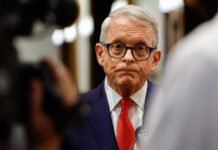The human body is remarkably good at protecting itself. The moment the body finds a xenobiotic, a foreign compound not made by the body — such as a drug, pesticide, or unfamiliar chemical — it will treat it and flush it out through the internal blood-filtering system, or in some cases store it in special sites throughout the body.
When the body detects cannabinoids, they are categorized as xenobiotics and sent to the body’s detoxification system, the liver.
As discussed in the How Cannabinoids Work: Part II, “bioavailability” is the term for the amount of a drug that remains in the system after its trip through the liver. Drugs are manufactured and dosages are created with this number in mind. We expect to “lose” a certain percentage of what we take in as a result of this natural detox process.
In the liver, there are two main types of metabolism (Phase I and Phase II) to deal with xenobiotics, and a third that deals with transporting compounds around and out of the body (Phase III).


In Phase I metabolism, enzymes that fall under the group name Cytochrome P450 superfamily make small chemical changes to the foreign compounds to increase solubility so the kidneys can efficiently take them out of the blood. Anything that’s not cleared out in Phase I is further modified in Phase II by attaching a larger soluble molecule, such as glucuronide, so it can be better filtered by the kidneys.
In Phase III, specialized proteins, which is what most enzymes are, take away a limited number of the remaining xenobiotics and store them in specific “waste storage” sites in the liver, gastrointestinal tract, kidneys, etc.
One of the things pharmaceutical companies do when they develop new drugs is figure out how to either inhibit the detox system by distracting it with other ingredients, or coat the drug’s molecules to enable them to bypass this system, making more of the drug bioavailable.
Think of the detox system as a nightclub — everyone wants to get in, but only select people make it past the bouncer and beyond the velvet rope. Increasing bioavailability is like having your name on the guest list.
How Does Your Body Process THC?
When consumed, THC is modified into a psychoactive compound scientists call 11-hydroxy-delta9 tetrahydrocannabinol. As it continues its path through the body, it is further modified to an inactive compound called 11-nor-9-carboxy-delta9 tetrahydrocannbinol, most of which is sent out of the body through urine during Phase II metabolism.
But the exact course of this process varies depending on how you consume the THC and/or CBD in cannabis.
Smoking
Smoking has historically been the most common delivery method for THC, and the bioavailability varies widely depending on the depth of inhalation, the length of the puff, and the amount of time the breath is held. Once it’s in the lungs, THC is absorbed into the blood within seconds via the rich network of capillaries surrounding the lung’s bronchioles, reaching high concentrations within 3 to 10 minutes. Most of the THC is modified during consumption into a psychoactive compound, peaking after 15 minutes. A fraction of the THC is further converted to inactive THC, which exits the body via urine after 81 minutes.
Five days after consumption, 65 percent of the original THC is eliminated from the body in the feces, mainly as psychoactive THC. Another 20 percent is eliminated in the urine. Residual THC can be detected in the blood plasma of frequent users 5-13 days post-consumption, and inactive THC after 25 days.
As for inhaled CBD, it is absorbed in the same way and reaches its peak level in the blood 3 minutes after smoking. A fraction of the CBD is converted to 7-carboxy-cannabidiol (inactive CBD) and further metabolized to 7-carboxy-cannabidiol-glucuronide (inactive soluble CBD). The remaining intact compounds are excreted in urine.


Things get complicated when Cytochrome P450 enzymes from Phase I have to deal with THC and CBD at the same time. While they both work to modify THC and CBD, in a surprise twist, CBD inhibits Cytochrome P450 enzymes, making them less effective at the detox process. So adding more CBD to the mix can increase the bioavailability of THC.
Furthermore, terpenes such as the monoterpenes myrcene, pinene, limonene, and terpinene are shown to inhibit the enzyme CYP2B6, a member of the Cytochrome P450 superfamily, found in the liver, lungs, and heart. So the presence of terpenes can also increase the bioavailability of THC.
Let’s return to our nightclub example. When both CBD and THC are present, the bouncer is blindfolded by the CBD and terpenes and allows THC and everybody else a chance to sneak into the club while the bouncer cannot see.
CBD and flavonoids stop Cytochrome P450 enzyme activity, thereby allowing THC and CBD to stay in the blood for a longer period of time. Similarly, the cannabis flavonoids apigenin, luteolin, kaempferol, and quercetin inhibit the Cytochrome P450 superfamily member CYP2C9 that are found in the liver, kidney, lung, and cardiovascular tissues, also increasing the bioavailability of THC. These are all levers manufacturers can adjust to control how potent the THC in a cannabis product may be.
Oral
As anyone who has been taken by surprise by the potency of an edible will know, digestion of THC and CBD is relatively slow. Oral doses of cannabis have to move through the stomach before they reach the small intestine, where nutrients are absorbed and sent to the liver for the processing as discussed above. It takes an hour or two to reach maximum concentration in the blood, and that’s only the amount that is bioavailable after its trip through the liver.


To overcome the low bioavailability of cannabis when consumed orally, Irina Cherniakov and a team of researchers have been exploring a pharmaceutical technology that wraps THC and CBD in a protective shield of lipid-based formulations called SNEDDS (self-emulsifying drug delivery systems). These formulations contain ingredients such as piperine, a common ingredient in black pepper. SNEDDS have been estimated to increase the amount of THC absorbed by the body by 930 percent and the amount of CBD absorbed by the body by 630 percent.
Topical
Lotions, oils, balms, and other transdermal applications are also popular. The poor water solubility of cannabinoids limits how easily they can cross the aqueous layer of the skin, with CBD levels peaking after 1 1/2 hours. Experiments show that the permeability of CBD and the more sedative cannabinol CBN, are 1,000 percent higher than Δ8 -THC.
Every Body Processes Cannabis Differently
Humans have genetic variability when it comes to Cytochrome P450 enzymes. This genetic variability affects cannabis bioavailability. For example, the CYP2A6 gene has 3 different alleles, or variants of a gene, that modify THC and CBD at different speeds. A 1995 study in the American Journal of Human Genetics showed that Finnish, English, Japanese, Taiwanese, and African-Americans have different combinations of the three alleles, which means that these groups metabolize drugs differently and have different effective doses. What works for one group will not work well for another.


The bioavailability of any drug, including cannabis products, is affected by the type of product, how it’s consumed, and the genetic makeup of the person consuming it. Finding the right product and dosage is a highly individual process; what works for Mary may not work for Jane. More research is needed to identify which factors have the biggest impact on bioavailability and how to tailor doses to individuals.











